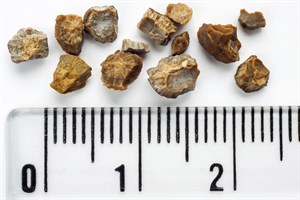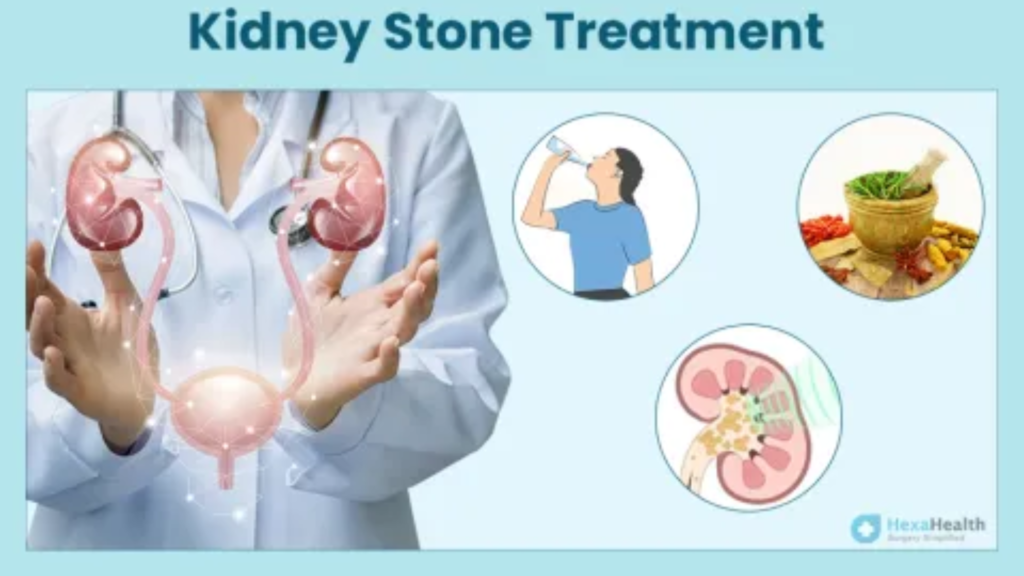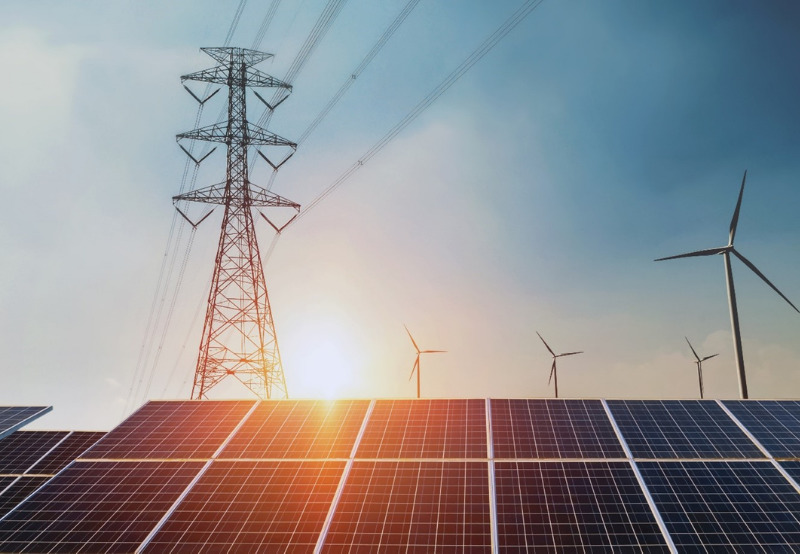
Removing Kidney Stones with Laser Technology A Comprehensive Guide for 2024
Removing Kidney Stones with Laser Technology, Welcome to our comprehensive guide on removing kidney stones by laser technology in 2024. As experts in the field, we understand the challenges and concerns surrounding kidney stone treatments. In this guide, we’ll delve into the intricacies of laser technology, its benefits, and how it revolutionizes the treatment of kidney stones.
Read more: Smart Capsules for Sensing and Sampling the Gut 2024
Understanding Kidney Stones

Before we discuss the laser technology aspect, let’s briefly understand what kidney stones are. Kidney stones are hard deposits made of minerals and salts that form inside your kidneys. They can vary in size, from a grain of sand to a golf ball, and can cause immense pain and discomfort if not treated promptly.
Traditional Treatments vs. Laser Technology

Historically, treatments for kidney stones included medication, dietary changes, and in severe cases, surgical procedures. While these methods have been effective, they often come with risks and longer recovery times. This is where laser technology shines.
How Laser Technology Works

Laser technology for kidney stone removal involves using a focused laser beam to break down the stones into smaller fragments. These smaller pieces can then pass out of the body more easily, reducing pain and the risk of complications. The procedure is typically performed under anesthesia and is minimally invasive, leading to faster recovery times compared to traditional surgeries.
Benefits of Laser Kidney Stone Removal
1. Precision
Laser technology allows for precise targeting of the kidney stones, minimizing damage to surrounding tissues.
2. Minimally Invasive
As mentioned earlier, laser procedures are minimally invasive, resulting in shorter hospital stays and quicker recovery times for patients.
3. Reduced Risk of Complications
The risk of complications such as bleeding and infection is significantly lower with laser technology compared to traditional surgical methods.
4. High Success Rates
Laser procedures have high success rates in breaking down and removing kidney stones, providing long-term relief for patients.
Preparing for Laser Kidney Stone Removal
Before undergoing a laser procedure, patients will undergo a thorough evaluation by medical professionals. This may include imaging tests to determine the size and location of the stones, as well as discussions about anesthesia options and post-procedure care.
The Laser Procedure
During the procedure, patients are typically placed under anesthesia to ensure comfort. A small scope is inserted into the urinary tract, allowing the surgeon to visualize the stones. The laser is then used to break down the stones into smaller fragments, which are either passed naturally or removed with additional tools.
Recovery and Follow-Up Care
Following the procedure, patients are monitored for a brief period before being discharged. Recovery times vary but are generally shorter than traditional surgical methods. Patients may be advised to drink plenty of water to help flush out remaining stone fragments and to follow specific dietary guidelines to prevent future stone formation.
Advancements in Laser Technology
It’s important to note that laser technology used for kidney stone removal has seen significant advancements in recent years. These advancements have led to even better outcomes for patients, with improved precision, reduced procedure times, and enhanced patient comfort during and after the procedure.
Dual-Wavelength Lasers
One notable advancement is the development of dual-wavelength lasers, which allow surgeons to target different types of kidney stones more effectively. This versatility ensures that various stone compositions, such as calcium oxalate or uric acid stones, can be efficiently treated with laser technology.
Fiber Optic Delivery Systems
The use of advanced fiber optic delivery systems has also contributed to the success of laser kidney stone removal. These systems enable surgeons to navigate complex anatomical structures with greater ease and deliver the laser energy precisely to the targeted stones.
Patient Experience and Recovery
One of the key factors that contribute to the popularity of laser kidney stone removal is the improved patient experience. Unlike traditional open surgeries, which can involve large incisions and longer hospital stays, laser procedures are typically performed through small incisions or natural body openings. This results in less pain, minimal scarring, and a quicker return to daily activities for patients.
Post-Procedure Care
After undergoing a laser kidney stone removal procedure, patients are usually provided with detailed post-procedure care instructions. This may include information about pain management, dietary recommendations to prevent stone recurrence, and follow-up appointments to monitor recovery progress.
Research and Development
The field of urology and kidney stone treatments continues to evolve through ongoing research and development efforts. Scientists and medical professionals are constantly exploring new technologies, such as miniaturized laser systems and improved imaging techniques, to further enhance the effectiveness and safety of kidney stone treatments.
Conclusion
In conclusion, laser technology for kidney stone removal represents a significant advancement in medical science, offering patients a safer, more effective, and less invasive treatment option. If you or a loved one are dealing with kidney stones, consider consulting with a healthcare professional to explore the benefits of laser technology.
laser technology for kidney stone removal has evolved into a cornerstone of modern urological practices. Its precision, minimal invasiveness, and high success rates make it a preferred choice for patients and healthcare providers alike. As technology continues to advance, we can expect further improvements in the field, leading to better outcomes and enhanced patient satisfaction.
Frequently Asked Questions (FAQs)
Q1: Is laser kidney stone removal safe?
A1: Yes, laser kidney stone removal is considered safe when performed by trained medical professionals. The procedure has been extensively studied and has a high success rate with minimal risks.
Q2: How long does a laser kidney stone removal procedure take?
A2: The duration of the procedure can vary depending on factors such as the size and location of the kidney stones. Generally, the procedure can take anywhere from 30 minutes to a few hours.
Q3: What is the recovery time after laser kidney stone removal?
A3: Recovery times after laser kidney stone removal are typically shorter compared to traditional surgical methods. Most patients can resume normal activities within a few days to a week after the procedure.
Q4: Are there any dietary restrictions after laser kidney stone removal?
A4: Patients may be advised to follow certain dietary recommendations to prevent stone recurrence. These recommendations may include increasing water intake, avoiding foods high in oxalates (such as spinach and chocolate), and maintaining a balanced diet.
Q5: Can laser technology treat all types of kidney stones?
A5: Laser technology is highly versatile and can effectively treat various types of kidney stones, including calcium-based stones, uric acid stones, and struvite stones. Your healthcare provider will determine the best approach based on the composition and size of your kidney stones.
Q6: Are there any potential complications associated with laser kidney stone removal?
A6: While laser kidney stone removal is generally safe, like any medical procedure, there are potential risks. These may include urinary tract infections, bleeding, or rare instances of injury to surrounding tissues. Your healthcare provider will discuss potential risks and benefits with you before the procedure.
Q7: How can I prepare for a laser kidney stone removal procedure?
A7: Preparing for a laser kidney stone removal procedure may involve undergoing pre-operative tests, discussing anesthesia options with your healthcare provider, and following any pre-procedure instructions such as fasting or medication adjustments.
Q8: Will I need multiple sessions for laser kidney stone removal?
A8: The number of sessions required depends on factors such as the size and number of kidney stones. In some cases, multiple sessions may be needed to completely remove all stones. Your healthcare provider will create a treatment plan tailored to your specific needs.
These FAQs aim to address common queries related to laser kidney stone removal. For personalized information and medical advice, it’s essential to consult with a qualified healthcare professional.


